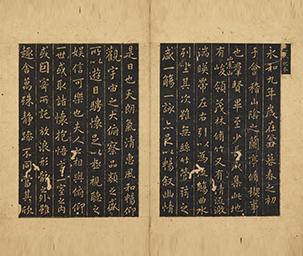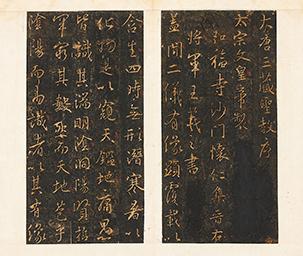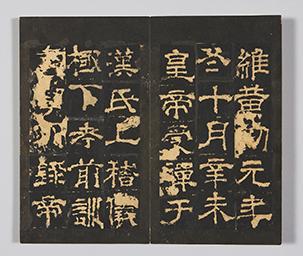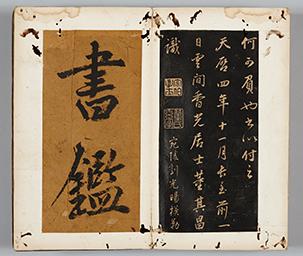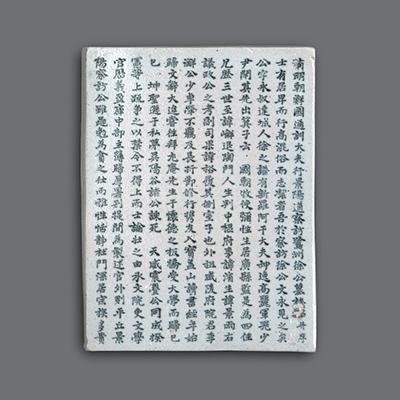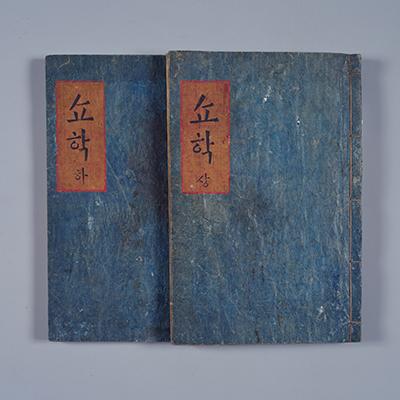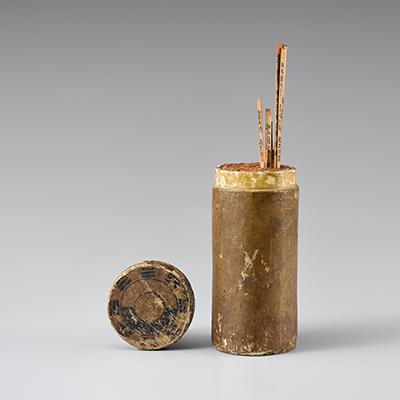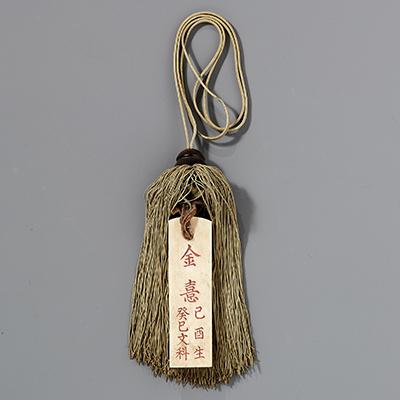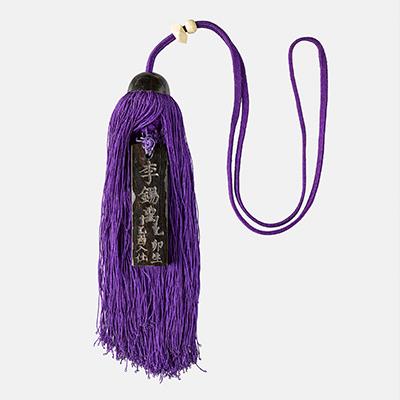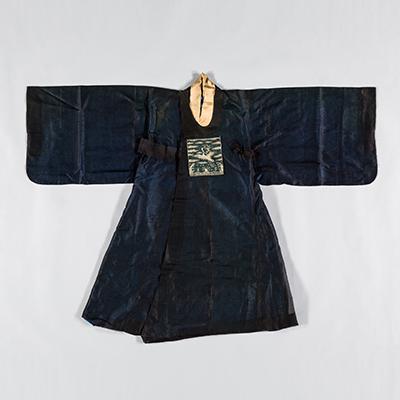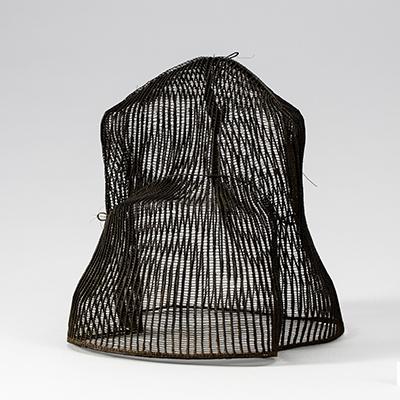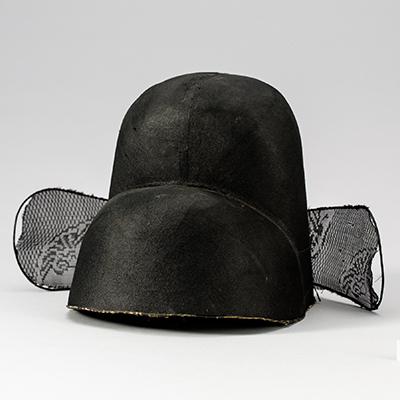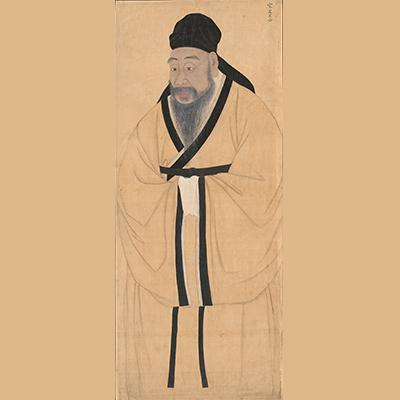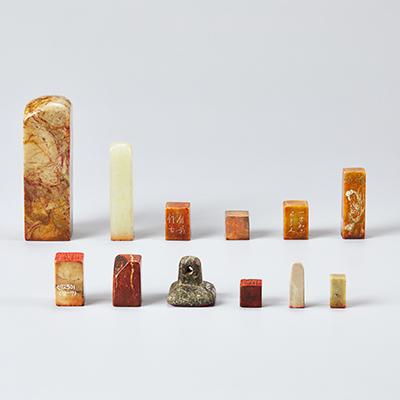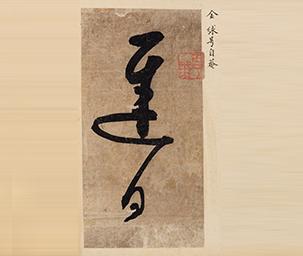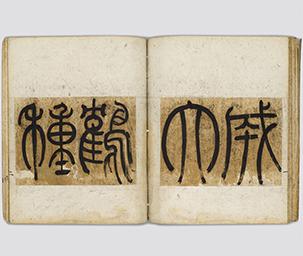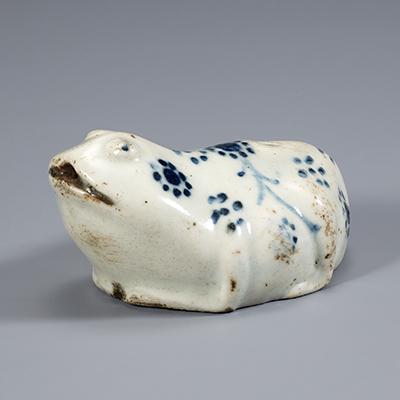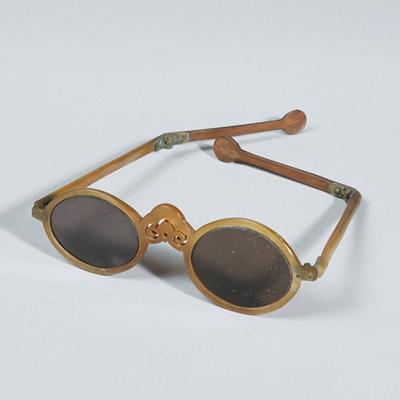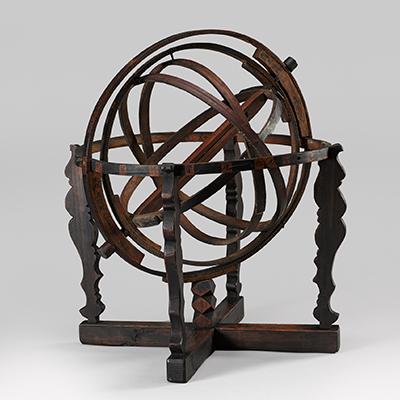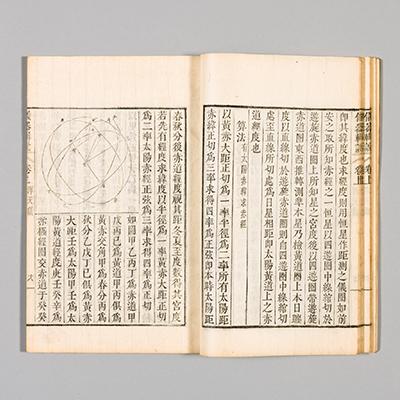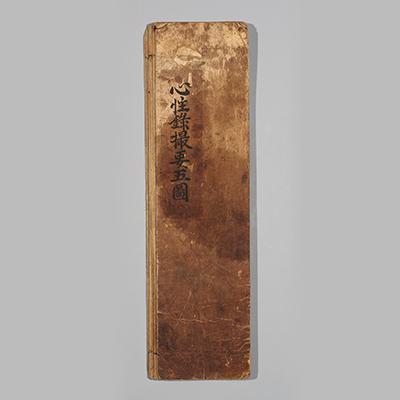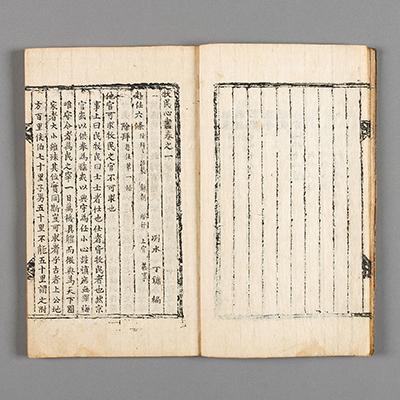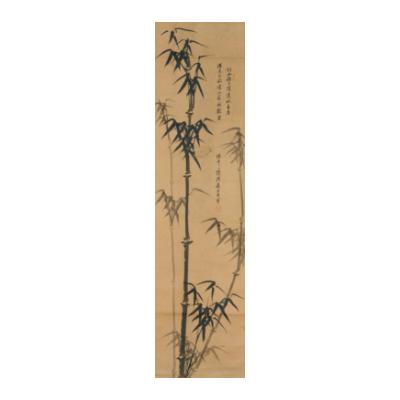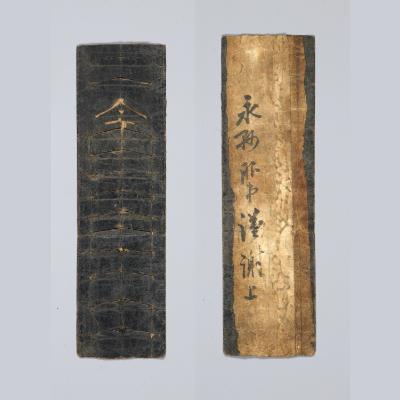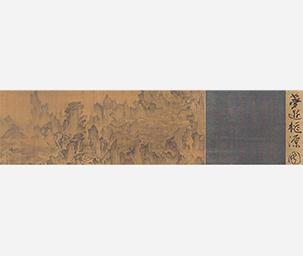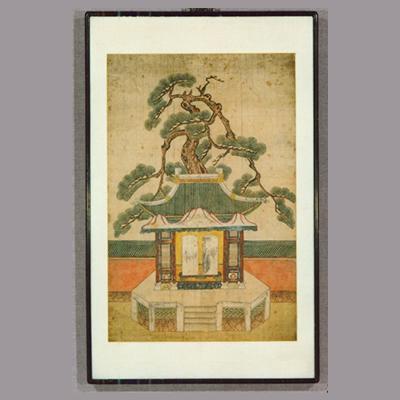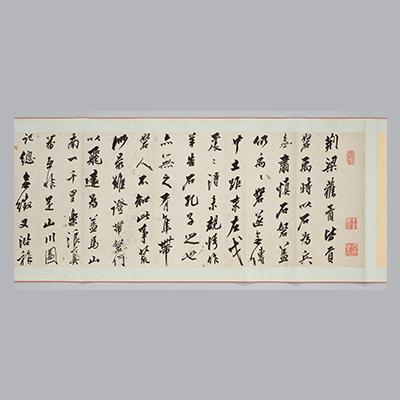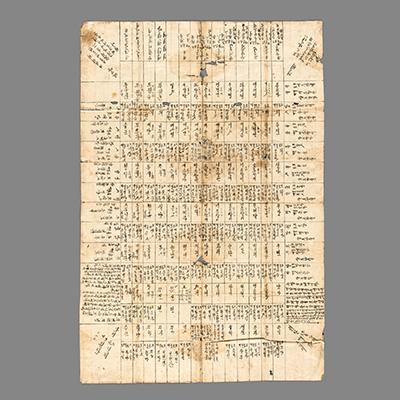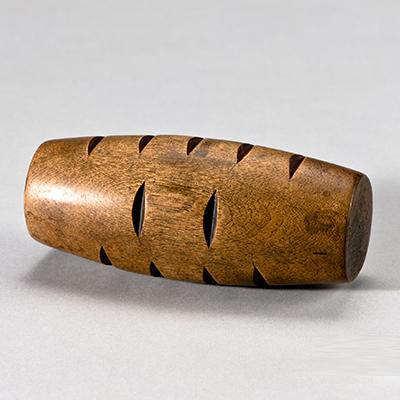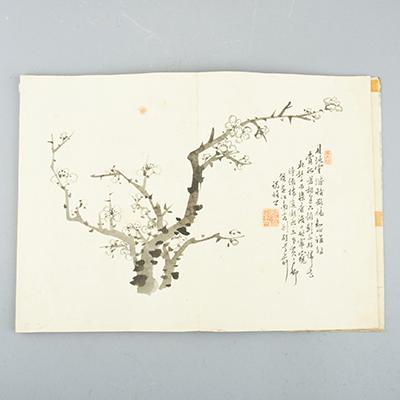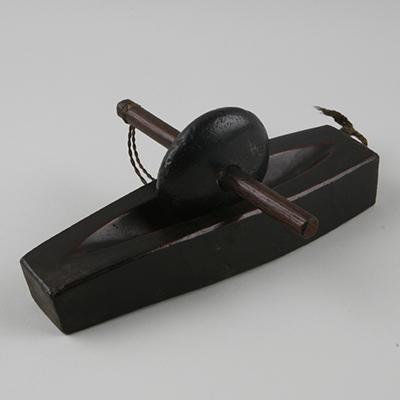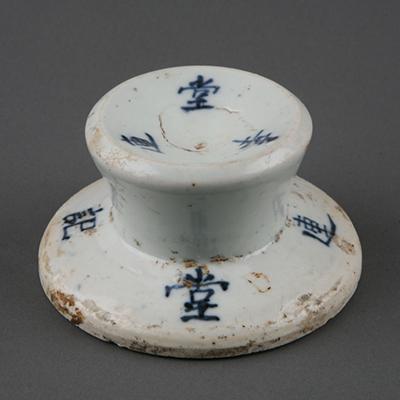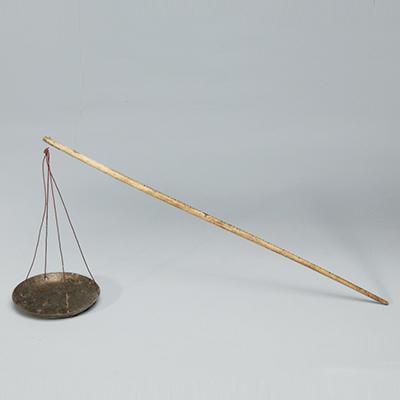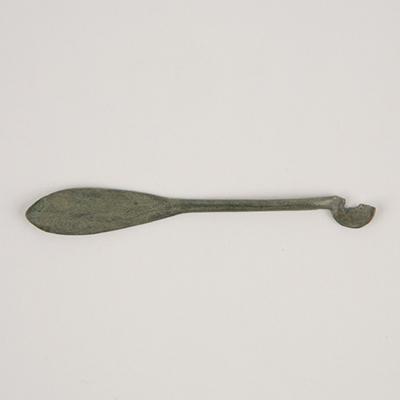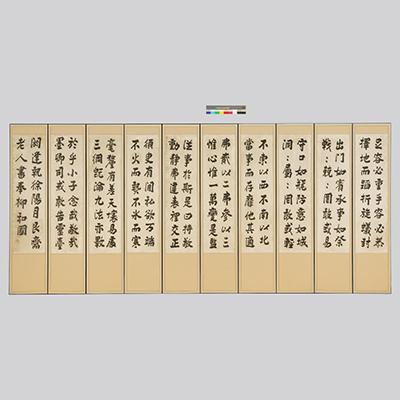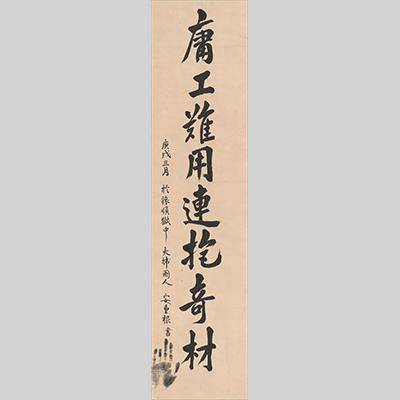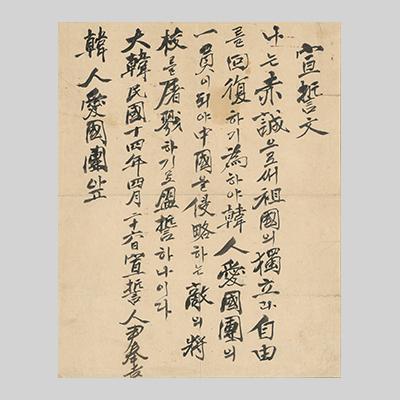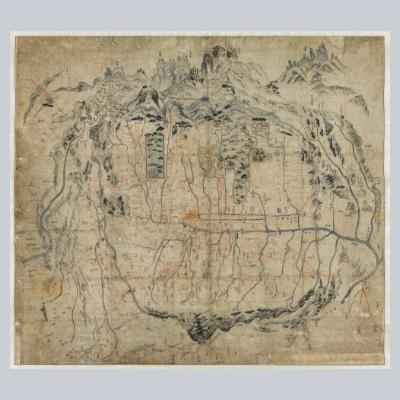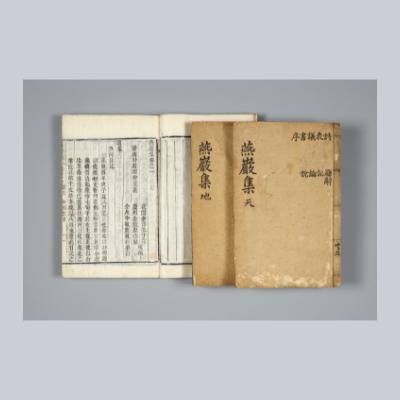Premanent Exhibitions
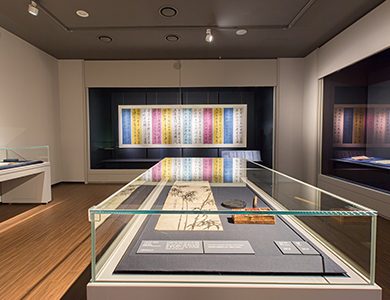
Joseon dynasty raised scholars (Seonbi)
Exhibition room
The seonbi were a class of intellectual scholars who were the leaders of the Joseon society. In youth, a seonbi dedicated his life to intensive study and self-cultivation. Then in adulthood, he entered the world of politics in order to put his knowledge into practice. After years of government service, a seonbi would often resign from office in order to become a teacher, sharing his wisdom with the next generation of scholars.
Representative artifact
Turn the page!
Seonbi as Leaders of Joseon Society
Exhibition room
Believing that the authority of wise sages was bestowed from the heavens, the seonbi leaders of the Joseon Dynasty were deeply aware of their political and social responsibility. In accordance with the Neo-Confucian theory of personal character, the seonbi earnestly endeavored to acquire wisdom and reason while resisting personal greed. The ultimate goal of a seonbi’s study was to ensure a comfortable life for the people.
Representative artifact
Turn the page!
Preserving the Seonbi Spirit Through Culture
Exhibition room
The seonbi consistently practiced their morality and expressed their love for the people through various types of culture. They enriched their lives with art and poetry, maintained social order through propriety and rites, and embraced new experiences to broaden their view of the world. Through such pursuits, the seonbi responded to and challenged social changes for the good of the people.
Representative artifact
Turn the page!
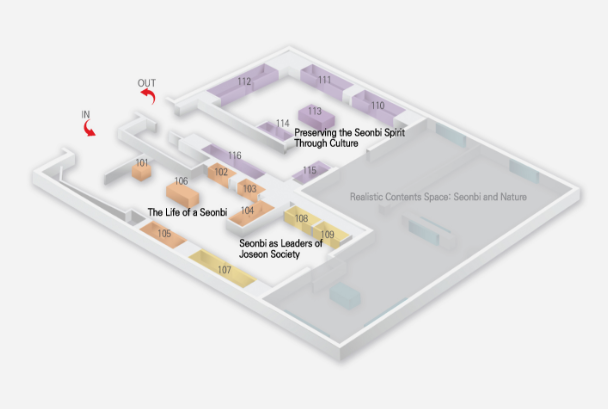
Joseon dynasty raised scholars (Seonbis)
- 101Tomb Epitaph for Seo Mun-yeong
- 102Xiaoxue (A Confucian Textbook for Children)
- 103Hopae of Kim Hee
- 104Official Uniform
- 105Portrait of Song Si-yeol
- 106Book of Seal Impressions
The culture preserved the spirit of the Seonbi.
- 107Writing Desk, Inkstone
- 108Celestial Globe
- 109Mongminsimseo (Admonitions on Governing the People)
The Seonbis led the Joseon Dynasty
- 110Funerary Object
- 111Map of Jeonju-bu
- 112Painting of Scholar's Equipment
- 113Chart for Seunggyeongdo (Government Career Ladder Climbing Game)
- 114Album of Calligraphy and Paintings by Lee Jeong-jik
- 115Dongui bogam, Medicine Mortar
- 116Record of National Heroes of Korea, From Mahan to Baekje
QUICK MENU 원하시는 서비스를 클릭하세요!
등록된 퀵메뉴가 없습니다.

